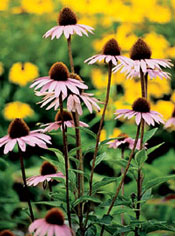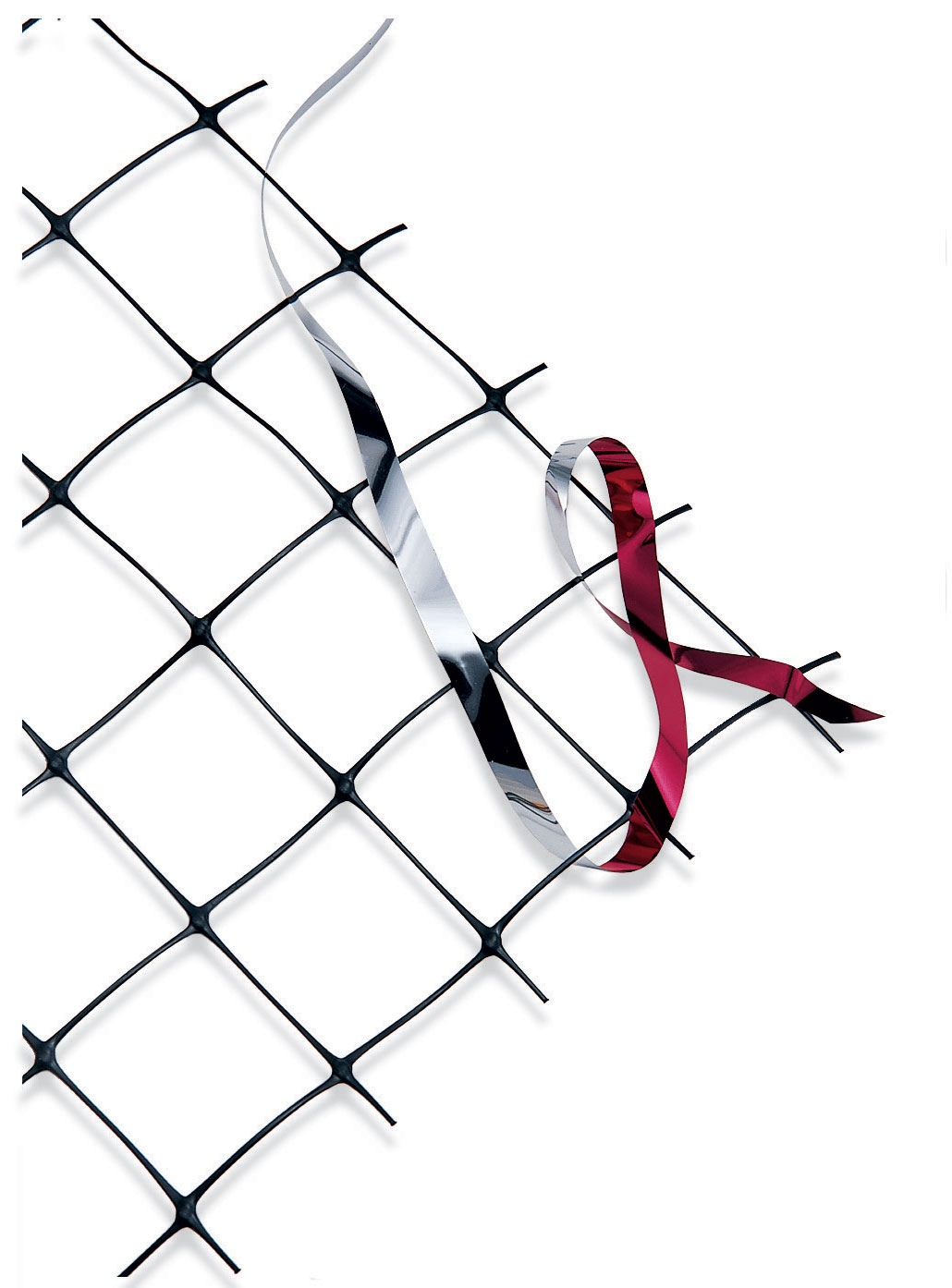





As a founding employee of Gardener's Supply, I wore many different hats over the years. Currently, I have my own company called Johnnie Brook Creative. The gardens around my home in Richmond, VT, include a large vegetable garden, seasonal greenhouse, cutting garden, perennial gardens, rock garden, shade garden, berry plantings, lots of container plants and a meadow garden. There's no place I'd rather be than in the garden.

Coneflower
There's no such thing as a plant that deer will never eat. However, the plants on this list are good, deer-resistant choices.
A deer grazing in a field is a beautiful sight. But if you like plants, a deer in your yard means trouble. To them, your landscape plantings and gardens are a free, all-you-can-eat restaurant with plenty of menu choices and convenient, 24-hour access.
Deer love the same landscapes humans do. They are creatures of the forest edge, thriving in areas that combine open meadows and woods. Their ideal home has a few trees, some interesting shrubs and plenty of grass. Sounds like your yard, doesn't it?
With few if any predators around, deer populations have exploded and they've become a real menace for gardeners. Even when deer are able to find plenty of food in the wild, your garden peas, hostas and tulips are delectable treats worth seeking out. And if food supplies are scarce, hungry deer will eat just about anything that's growing.
So how do you keep your yard and garden from being devoured? Here are four strategies:
1. Plant what deer don't want.
If you've had trouble with deer, you already know the plants they love: cedar, yew, fruit trees, lilies, and hostas to name a few. Fortunately, there are some plants deer seem to dislike. These include most thorny plants and those with fuzzy or leathery leaves. What deer eat (and how much of it) depends greatly on the season, the particular plant, the weather and the availability of other foods. Generally speaking, the more hungry they are, the less selective they'll be.
2. Repel deer with smell and taste.
Sometimes deer need a little encouragement to stay away. Repellents discourage deer from feeding either because they have a bad taste or a noxious smell.
Rotten eggs and garlic seem to be two of the most effective deterrents around. Sweeney's Deer Repellents and Garlic Clips last for months, and emit smells that deer avoid.
Repellents work best when you don't have a lot of deer around and when the damage is relatively light. The longer deer have been feeding in your garden, the harder it is to get them to stop with repellents.
You'll be most successful if you put the repellents out when you first see deer damage or begin to notice deer hanging around. Make sure you follow directions and reapply as recommended. If you continue to see deer damage, switch to a different repellent, or try a frightening device.
3. Frighten deer away.
Deer always need to be on the alert for predators (coyotes, wolves, dogs, people). So sudden, unexpected noises can send a deer running for cover.
The challenge is to keep deer from becoming accustomed to the noise. If you move the devices around to different places in your garden, the deer will stay confused and unnerved.
In my own garden, my dog Mason is the ultimate frightening device. During the summer, he sleeps outside near the garden, keeping a vigilant watch for intruders. He sometimes frightens me from a sound sleep when he barks at a rustling in the bushes. But the deer seem to know he's around and they have yet to come within 100 feet of the house.

Enhance deer fencing with reflective streamers that move in the wind.
4. Create a physical barrier.
Fencing is the most permanent and reliable deer-control solution. If you have a serious problem with deer, you'll save lots of heartache by making the investment in a sturdy fence around your yard or garden.
Deer can jump very high, so an effective fence needs be at least 7 feet tall. The Easy-Up Lightweight Fence is a 7-foot-tall, temporary fence to protect your garden during the growing season. Or try the Heavy-Duty Deer Fence, which is five times heavier.
Deer may try to go over, under or through a fence, so make sure it is securely staked to wood or metal posts and that it goes all the way to the ground. For added security in areas with very severe deer problems, you can add a second fence several feet outside the main fence. Deer have poor depth perception and double fencing seems to unnerve them.
If you have a small garden area, you may be fine with a 4-foot high fence. Deer generally dislike entering a small, confined area. You can also erect two parallel fences, 4 feet apart and 4 feet high.
Ideally, a deer fence should be angled away from the garden at about 30 degees. Deer avoid stepping on or jumping over something that they could become entangled in. For more information, read Animal Fencing Techniques.
I know that many gardeners also have success wrapping susceptible shrubs with black nylon netting or nylon window screening. This is a very useful technique to help reduce winter browsing.The Easy-Up Lightweight Fence works well for this job.
In the vegetable garden, you can also protect plants from being eaten with a tightly secured layer of garden fabric or shade netting.
Copyright © www.100flowers.win Botanic Garden All Rights Reserved